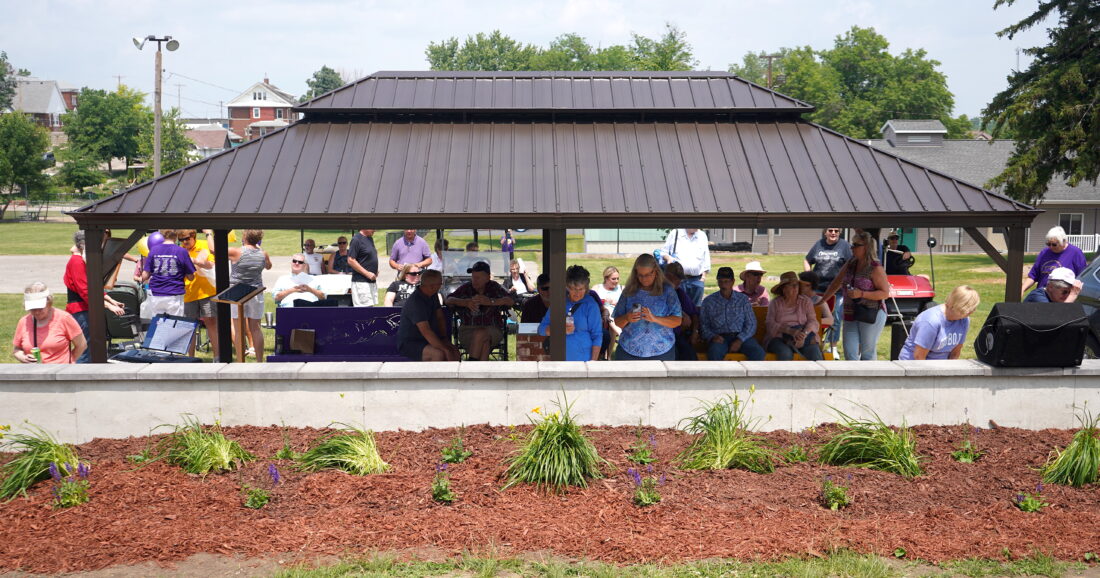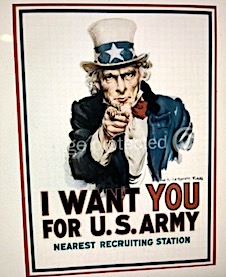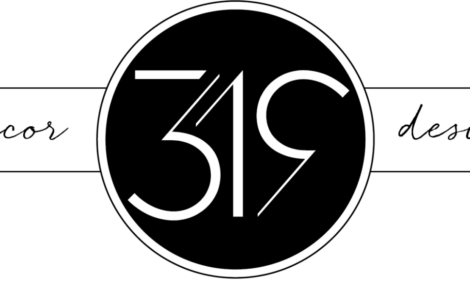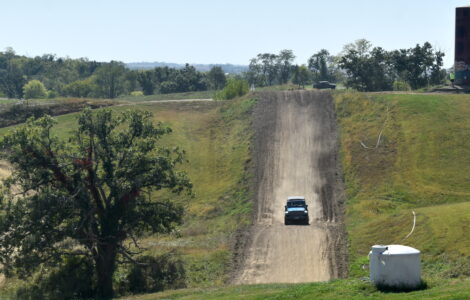The Stories of Our Lives: Gladbrook in the 1940s and 50s
- Attendees stand under the Panther Pavilion gazebo on Saturday, June 14, in Gladbrook City Park as they explore the Wall of Panther Pride ahead of the structure’s formal dedication ceremony later that afternoon. PHOTO BY RUBY F. MCALLISTER

Attendees stand under the Panther Pavilion gazebo on Saturday, June 14, in Gladbrook City Park as they explore the Wall of Panther Pride ahead of the structure’s formal dedication ceremony later that afternoon. PHOTO BY RUBY F. MCALLISTER
GLADBROOK – When the Panther Pavillion was dedicated earlier this summer on June 14, it stood as a tribute to the students, families and school classes that comprised the community of Gladbrook. Each of the almost 400 bricks has a unique story behind the inscribed name(s). Those stories are worth preserving for they represent the history of the community. History dies if there is no longer a storyteller to keep the past alive. With this article the author is capturing what it was like to live in Gladbrook and the surrounding area during the turbulent 1940s and 1950s. Those decades were marked by the Great Depression, World War II and the Korean War. These were not the “good old days” as they were trying times that required resilience, thrift, perseverance and faith. The following includes accounts provided by men and women who experienced those times first hand.
Surviving War and the Great Depression
While the Great Depression ended in 1939, the scars and hardship lingered long after the Depression passed. Most citizens were scraping by as farms were foreclosed and savings were depleted. Gladbrook was not immune from the economic catastrophe. Signs of hard times were everywhere. Hobos looking for work were spotted on passing railway boxcars or encamped at the pond at the railroad tracks north of the Gladbrook Lumber yard. The youth of the day took on odd jobs such as paper routes, detasseling corn, selling vegetables and cattails and farm work to raise pocket change. The prevailing wage for a high school kid was 30-40 cents per hour. The emphasis was on making goods (retreaded tires, shoes, automobiles and jeans with knee patches) last as long as possible. As the saying goes “you want to get your money’s worth.”
In the shadows of the Great Depression came World War II in 1941. Once again the emphasis was on surviving while supporting the war effort. The citizens of Gladbrook served their country in many different ways; some joined the military, were POWs and fought in the European and Pacific theaters. Several made the ultimate sacrifice with their lives. At home citizens participated in newspaper drives and scrap metal collection. Any materials that could be converted to bullets, weapons and uniforms were valued. Two World War I cannons were taken from their city park location and transported to the railroad station to be melted down for weapons of war. Scrap drives engaged the public, fostered a sense of shared sacrifice and patriotism on the home front. Citizens banded together to plant Victory Gardens; the produce helped alleviate food shortages. Gasoline was rationed, and dependent on your occupation and the criticality of your business, gas stamps were issued to conserve fuel. With the gasoline shortage, walking and bicycles were the primary modes of transportation. Citizens relied on the radio and newspaper for updates on the War. Letters from the front were scrutinized for sensitive information that might reveal troop locations or movements.
Education

Many of the young people in the Gladbrook area lived on farms. One room country school houses served as the venues for educating students in grades K-8. The schools were placed strategically around the countryside so that no student would have to walk more than two miles to attend classes. The curriculum was Reading, Writing and Arithmetic. Older students sat at desks in the back of the classroom and younger children in the front rows. One teacher, one pot belly stove and usually no indoor plumbing.
Entertainment
Young people had to be creative in finding fun activities. If you were lucky enough to have children near your age in your neighborhood you could play touch football or run a pretend school or restaurant. On Wednesday and Saturday nights families would come to Gladbrook to do their shopping. Some stores were open until 10 p.m. to accommodate farmers. Almost everything a family needed could be found in a business on Main Street. Children would walk up and down Main Street with boys on one side of the street and girls on the other. Admission at the Uptown Theater on Main Street was a dime and popcorn and a pop were 15 cents. The Gladbrook town band which was led by local blacksmith Bill Rowden performed on Wednesday nights in a screened wagon that was pulled and parked in the middle of Main Street. In later years, the Gladbrook High School band gave Wednesday night concerts at the end of Main Street and each musician received a quarter that could be spent at the movie theater or for ice cream at the Mullnix Creamery.
While their wives were shopping a group of men might gather at the picture window at Eihlers Radio and TV to watch professional wrestling matches which were broadcasted on a television inside the store. Televisions did not appear in many homes until the mid 1950s. Teens hung out at Shady’s pool hall, Sunny Side Café or the movie theater or read the comic books at Fosters Drug Store. Corn Carnival was a highlight in the summer months as merchants promoted their products and services in a big tent at the west end of Main Street. A Marshalltown radio station, KFJB, broadcasted live from the Corn Carnival merchants’ tent. The town was flooded with visitors from neighboring communities and the Friday night Grand Parade was the “crown jewel” of the weekend.
The Culture and Values
The adult population of Gladbrook in the 1940s and 50s were primarily of German descent and their behavior and values mirrored that of German culture. Displaying a strong work ethic, frugality, discipline and a limited display of emotion were expected and prized. Adults were known as the Quiet Generation as they did not try to change the system but endeavored to work within it.
At least five churches were in or near Gladbrook; they were focal points for community activities and gatherings. Weddings, anniversaries, funerals, potlucks and even community plays were held at the churches. Churches provided a shared space that fostered a sense of community and enabled citizens to reconnect. Service clubs such as the Boy Scouts, Amvets, 4H and Women’s Club contributed to a cohesive, productive town. Gladbrook was similar to other communities in the area. Each had its own special traditions and celebrations.
So take time to write or tell your unique story to others. It provides meaning and context to your life and is worth hearing. There is no story quite like yours.
And when you are in Gladbrook, view the names on our Panther Pavillion located in City Park. It will make you proud to call Gladbrook your hometown.
This article was written by Dean Hoppe, a proud 1963 graduate of Gladbrook High School. As part of his research, he interviewed a total of five local residents, all of whom had amazing recall of the dates, people and events that shaped their lives.




COMMENTS
[vivafbcomment]